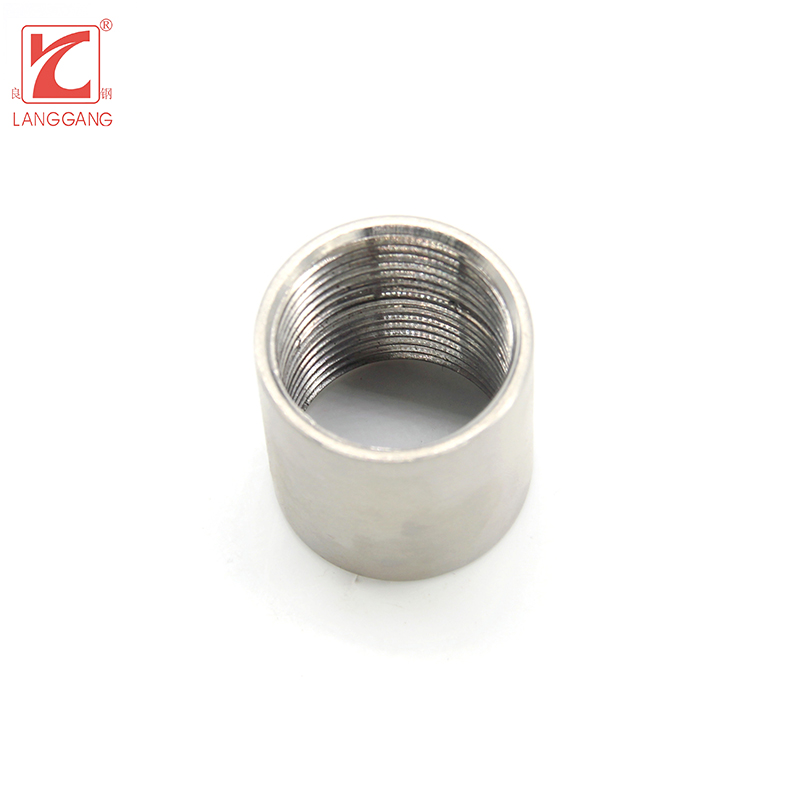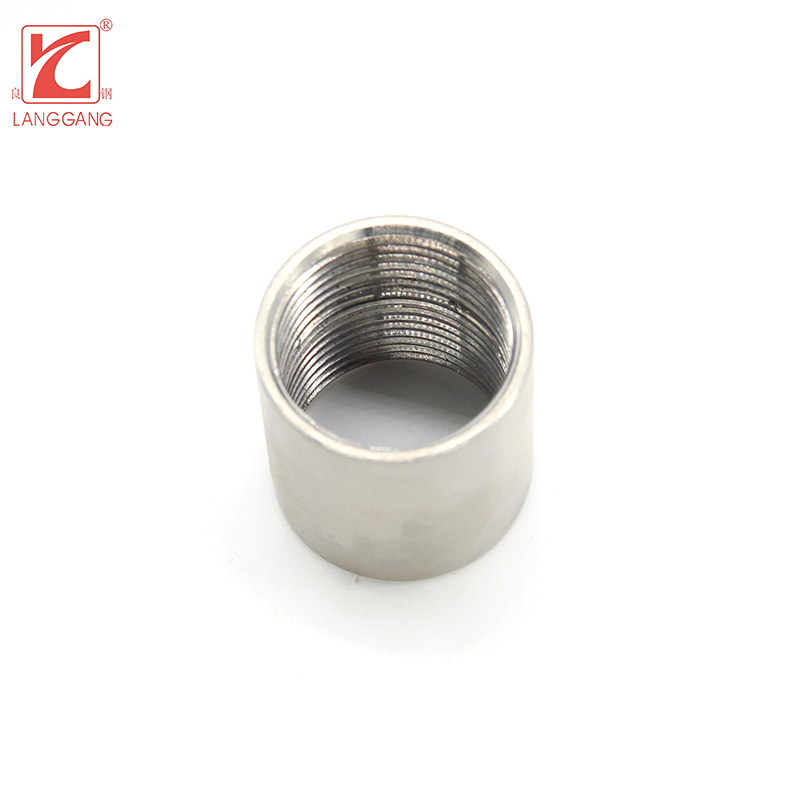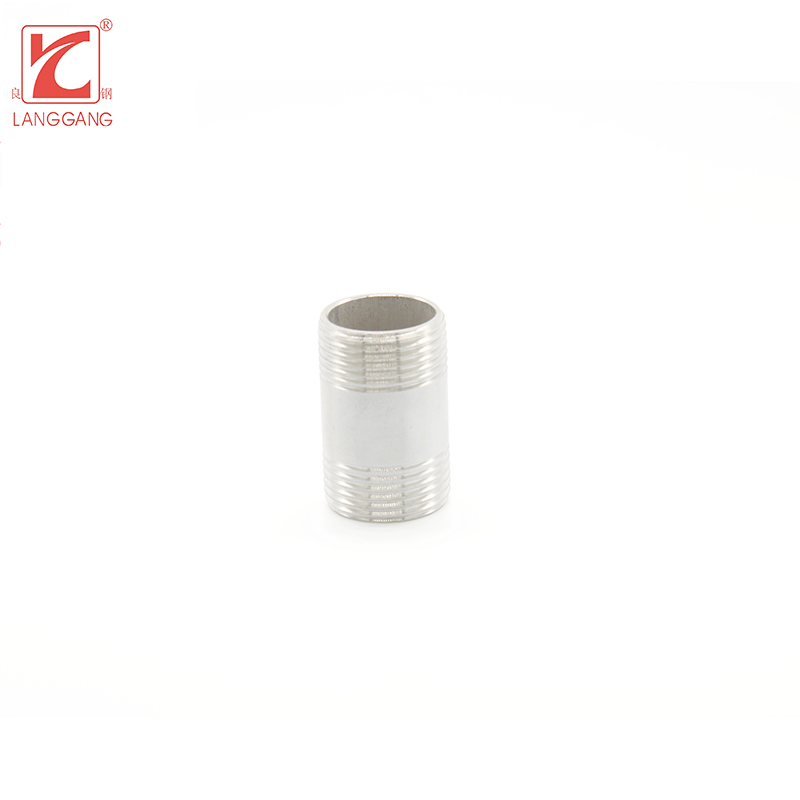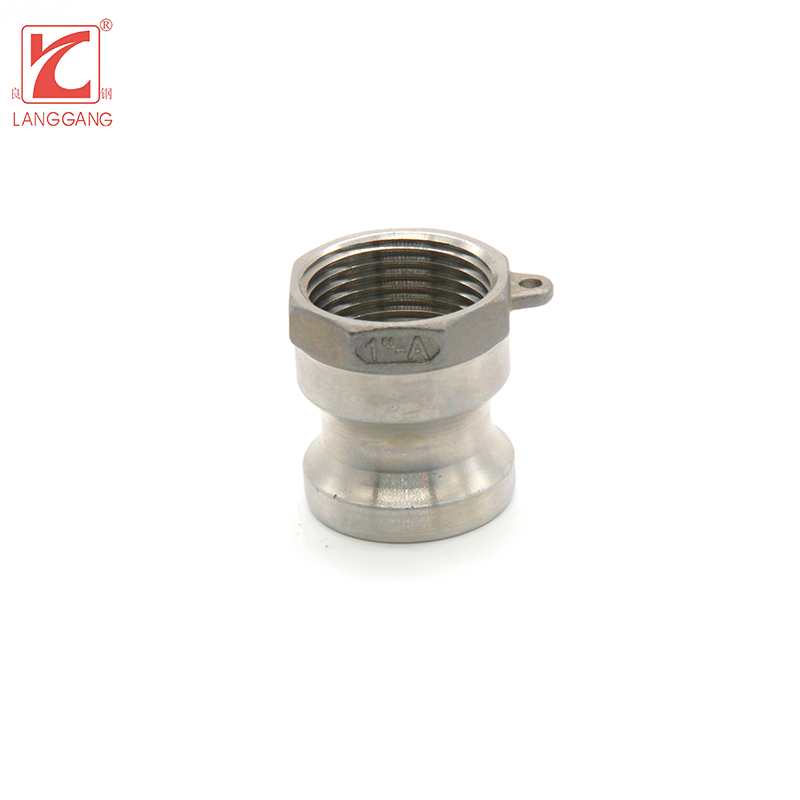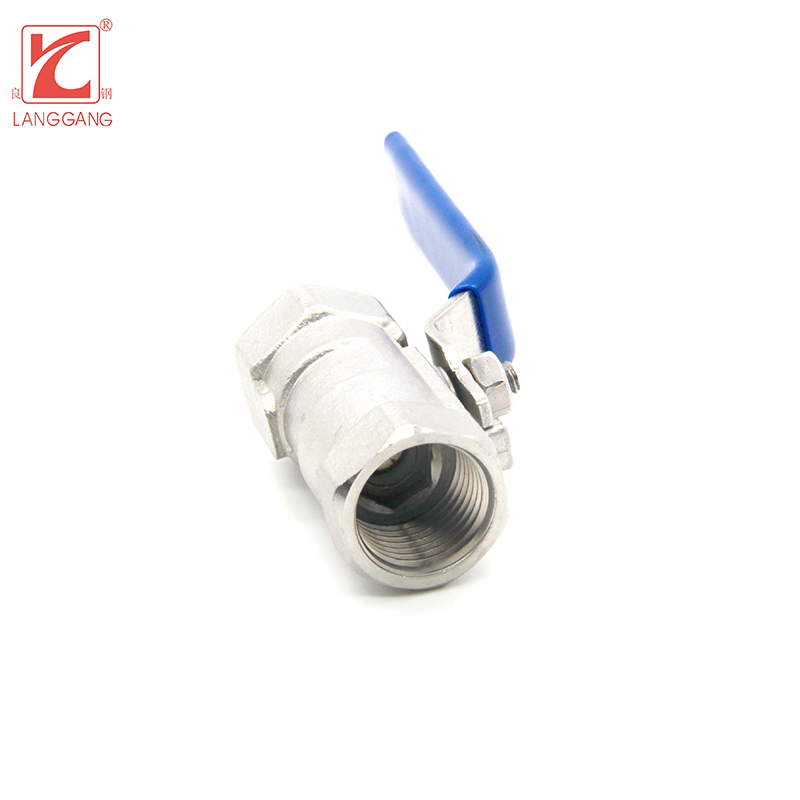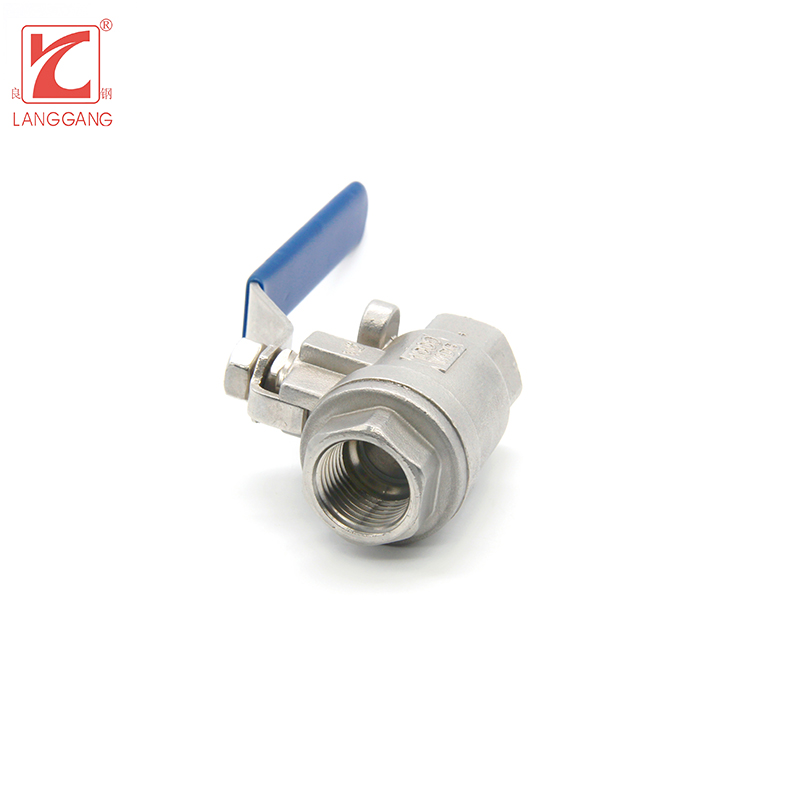What is a Ball Valve?
Introduction
A ball valve is a type of quarter-turn valve used for regulating the flow of fluids through a pipeline. It derives its name from the ball-shaped disc that controls the fluid flow. Ball valves are commonly used in industries such as oil and gas, chemical processing, water treatment, and HVAC.
The construction of a ball valve consists of four main components: a body, seat, ball (disc), and stem. The body contains an internal passageway through which fluid flows when the valve is open or closes to stop the flow. The seat is a ring-shaped component located within the body that helps seal the valve against leakage. The ball or disc rotates within the seat to control fluid flow and can be made from different materials like brass, stainless steel, or plastic depending on application requirements. The stem connects the ball to an external control mechanism like a lever or actuator that turns it 90 degrees to open or close the valve.
Ball valves are commonly used in industrial applications where high pressure and high temperature fluids need to be controlled. They are also used in residential and commercial plumbing systems, as well as in the oil and gas industry.
One of the main advantages of ball valves is their ability to provide tight shut-off, which means they can completely stop the flow of fluid. They are also easy to operate and require minimal maintenance. Additionally, ball valves are resistant to corrosion and can withstand high temperatures and pressures.
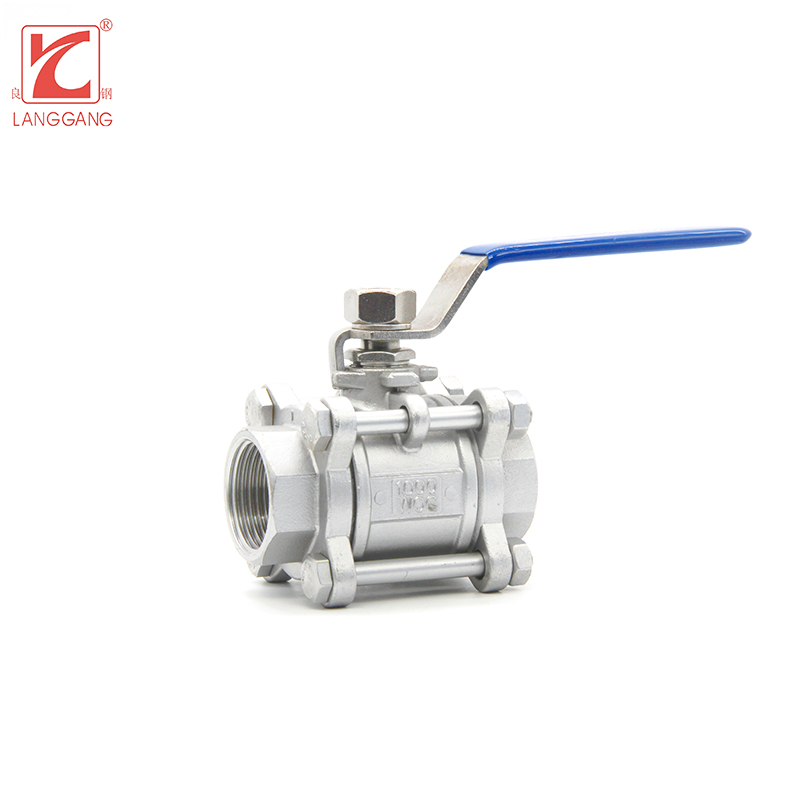
Features in Comparison
Ball valves offer several advantages over other types of valves:
1. Quick operation: Ball valves can be opened or closed quickly with just one-quarter turn making them ideal for applications requiring fast response times.
2. Good sealing performance: Ball valves have excellent sealing capabilities against leakage due to their tight shut-off capability.
3. Durability: Ball valves are robustly built and can withstand high temperatures, pressures, and corrosive environments.
4. Versatility: Ball valves can handle different types of fluids such as liquids, gases, steam or slurries with varying pressure levels.
However, there are also some limitations associated with ball valves:
1. Limited throttling capability: Due to their on/off nature, ball valves may not be suitable for applications requiring precise regulation of fluid flow rates.
High cost: Compared to other types of valves like gate or globe valves, ball valves can be more expensive due to their complex design.
Types
Here's a detailed introduction about types of ball valves:
Ball valves are commonly used in industrial applications to control the flow of fluids. They have a spherical closure unit that rotates within the valve body to regulate fluid flow. The following are the main types of ball valves:
1. Full Port Ball Valve: This valve features large ball openings that allow for unrestricted flow of fluid. It is typically used in applications that require maximum flow.
2. Reduced Port Ball Valve: In this type of valve, the ball has a smaller opening than the valve body. This design reduces the flow capacity and creates higher pressure drops. Reduced port ball valves are often used when space is limited or lower flow rates are desirable.
3. V-port Ball Valve: A port ball valve has a V-shaped ball that provides precise flow control and modulation. It is often used in applications where accurate flow control is required.
4. Three-Way Ball Valve: A three-way valve has three ports and two seats, which allows it to divert flow from one inlet to either outlet or to shut off all three ports. Three-way ball valves are commonly used in mixing and diverting applications.
5. Four-Way Ball Valve: A four-way ball valve has four ports and a single ball. It is similar to a three-way valve but includes an additional outlet port. These valves are often used in chemical processing industries.
6. Cryogenic Ball Valve: A cryogenic ball valve is designed to operate at extremely low temperatures. It typically features extended stems and bonnets to prevent ice formation on the stem packing.
7. Top Entry Ball Valve: In this type of valve, the entire valve assembly can be easily disassembled for repair and maintenance. This design also allows for easy access to the valve seats and ball.
8. Trunnion Mounted Ball Valve: These valves feature a trunnion mechanism that supports the ball and reduces operating torque. They are commonly used in high-pressure applications.
The Difference Among 1PC BALL VALVE , 2PC BALL VALVE and 3PC BALL VALVE
A 1PC (one-piece) ball valve is a type of ball valve that consists of one complete body that has all the components fixed into place, including the ball, seats, and end connectors. This type of valve does not have any detachable parts or joints. It is usually used in low-pressure applications, has a compact design, and is easy to install and maintain.
A 2PC (two-piece) ball valve consists of two separate pieces which are bolted together around the ball. The 2-piece design allows for easier maintenance, as the valve can be disassembled by removing the bolts that hold the two halves together. This type of valve is often used in moderate pressure and temperature applications, offers good flow control, and is relatively easy to repair.
A 3PC (three-piece) ball valve comprises three separate pieces: a central body and two end fittings. The three separate pieces are held together by bolts and can be easily dismantled when servicing is required, allowing for quick repairs. Three-piece ball valves also allow for flexibility in piping configurations and are typically used in high-pressure and high-temperature applications.
In general, the difference between these three types of ball valves lies in their design and construction, with the number of pieces being the key differentiator. One-piece ball valves are cheaper and require less maintenance, but offer less versatility. Two-piece ball valves provide moderate structural integrity and are easier to clean, inspect and repair. Finally, three-piece ball valves offer better modularity, making it easy to customize and adjust according to your needs.
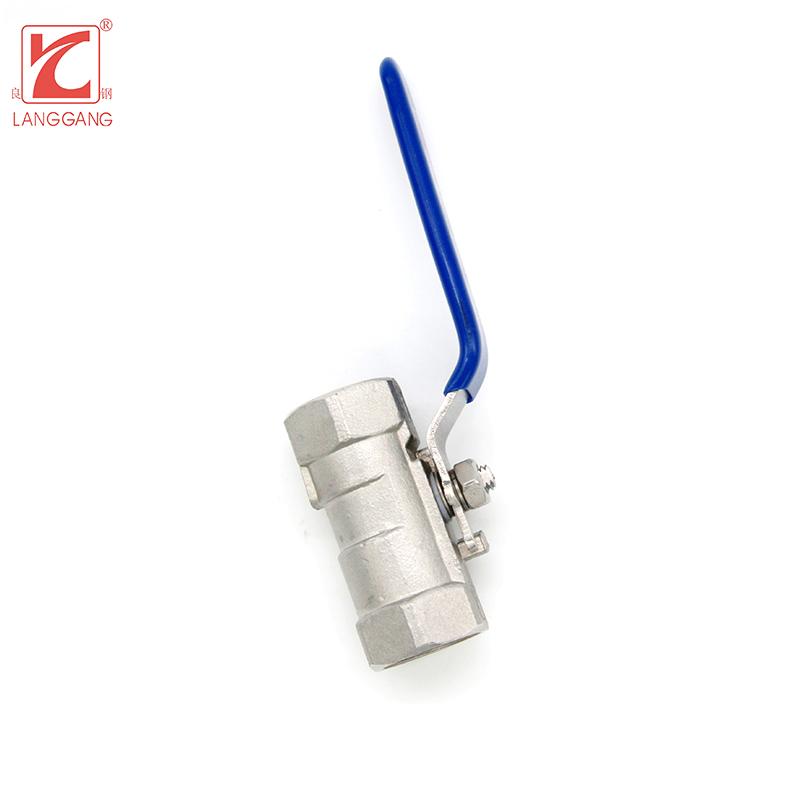
Conclusion
Ball valves are a popular choice for regulating fluid flow in various industries due to their quick operation, durability and sealing capabilities. Understanding the specific application requirements and choosing the appropriate type of ball valve can ensure optimal performance and cost-effectiveness.
LGfittingvalve is a professional Ball valves manufacture provides all kinds of Stainless Steel pipe fittings and valves.We use stainless steel to produce Ball valves,ensuring its maximum durability. Feel free to contact us if you are looking for Ball valves for your project or store.


